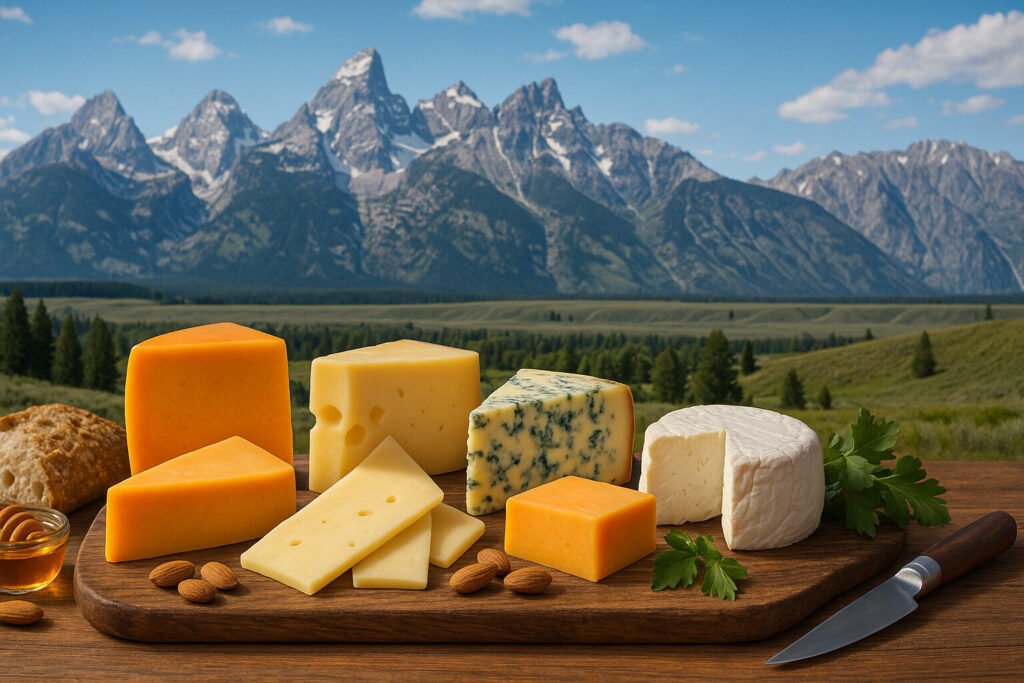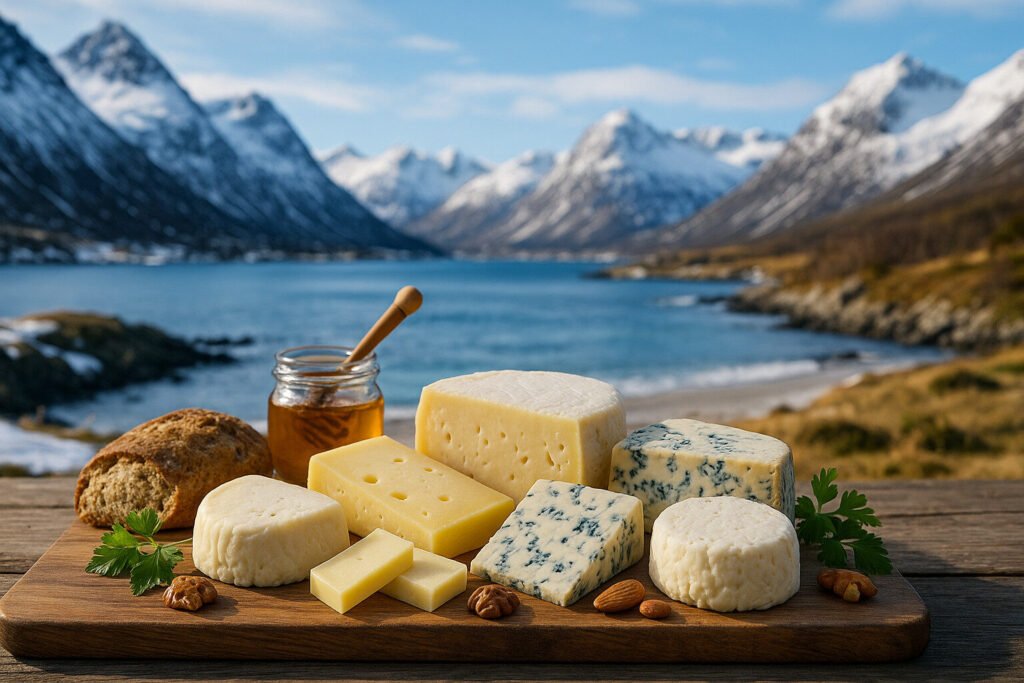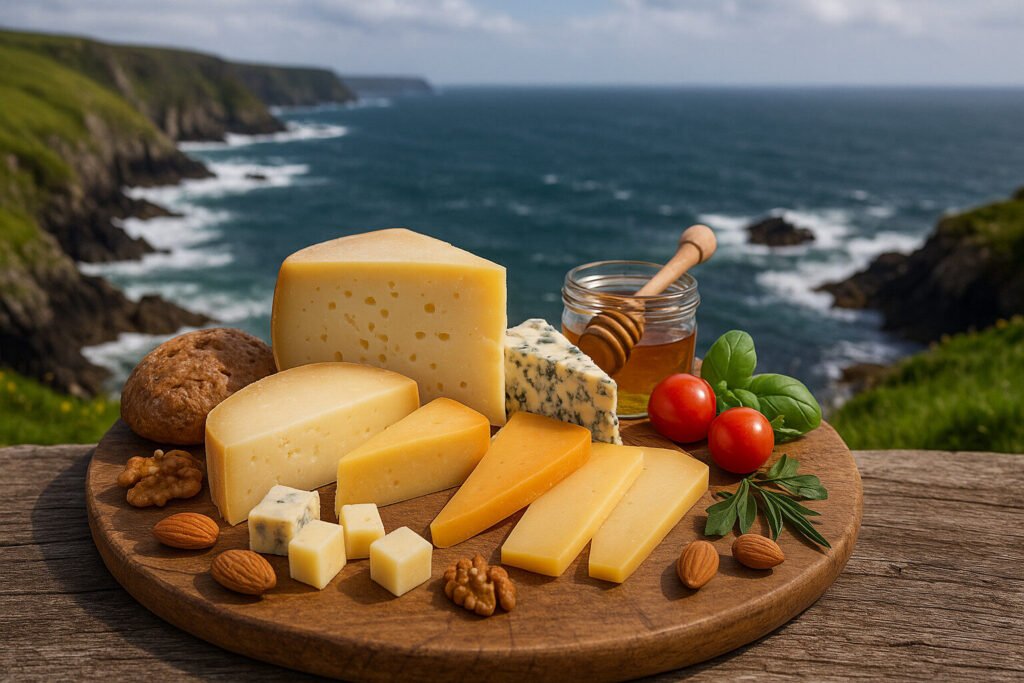Cheese Of United States
Cheese in the United States
The United States has developed a distinct cheese identity, building upon European traditions while fostering significant innovation. American cheesemaking now encompasses a vast spectrum, from mass-produced commodity cheeses to award-winning artisanal varieties. This evolution reflects a dynamic industry that adapts global styles to local tastes and ingredients.
The scope of American cheese is broad, covering classic cheddars and Monterey Jack to original creations like Teleme and Dry Jack. It includes fresh, soft-ripened, washed-rind, and hard cheeses from coast to coast. This diversity is a testament to the country’s varied climates, cultures, and dairy practices.
Production and Techniques
American cheese production operates on a dual track of large-scale industrial facilities and a growing number of small farmstead creameries. Industrial production emphasizes consistency, pasteurization, and high-volume output for nationwide distribution. These methods have perfected the processes for cheeses like American processed cheese and block cheddars.
Artisanal producers often focus on raw milk, terroir-driven flavors, and traditional hands-on techniques. They experiment with aging in specific caves, using native microbial cultures, and sourcing milk from particular animal breeds. This segment is responsible for the renaissance of American specialty cheeses that compete internationally.
Sensory Profile and Properties
The sensory profile of American cheeses is incredibly varied, mirroring the country’s regional influences. Industrial cheeses are known for their mild, creamy, and consistent flavors, with a pliable texture. In contrast, artisanal offerings can present complex notes of earth, grass, and nuts, with textures ranging from oozy to crystalline.
Key properties include the high-moisture content and meltability of cheeses like Brick or Muenster. Aged American cheeses, such as those from Vermont or Wisconsin, develop sharp, robust flavors and firm, sometimes crumbly, pastes. The use of different milk types, including goat, sheep, and water buffalo, further expands the sensory landscape.
Uses and Applications
American cheeses are fundamental to the national cuisine, featuring prominently in dishes from burgers and grilled cheese sandwiches to macaroni and cheese. Their excellent melting qualities make them ideal for culinary applications requiring a smooth, creamy consistency. Processed cheese products are specifically engineered for these functional uses in food service and home cooking.
Artisanal American cheeses are increasingly featured on cheese boards, in gourmet cooking, and as table cheeses. They are paired with local wines, craft beers, and other regional products. Their unique flavors are used to elevate salads, pizzas, and sophisticated sauces in modern American gastronomy.
Regional Examples and Styles
Wisconsin is renowned for its cheddar, Colby, and Limburger, upholding a deep German and Scandinavian cheesemaking heritage. Vermont has gained fame for its cloth-bound cheddars and complex alpine-style cheeses. These states represent traditional powerhouses with a focus on aged, hard cheeses.
California and the Pacific Northwest are hubs of innovation, producing original styles like Teleme and Mt. Tam. The Northeast and Mid-Atlantic regions excel in fresh chèvre and bloomy-rind cow’s milk cheeses. These regional specialties highlight the localized adaptation of Old World techniques and the creation of new American cheese classics.



